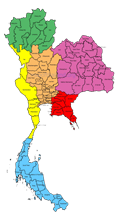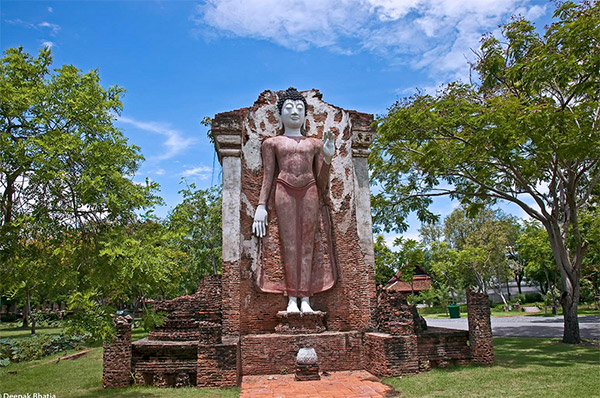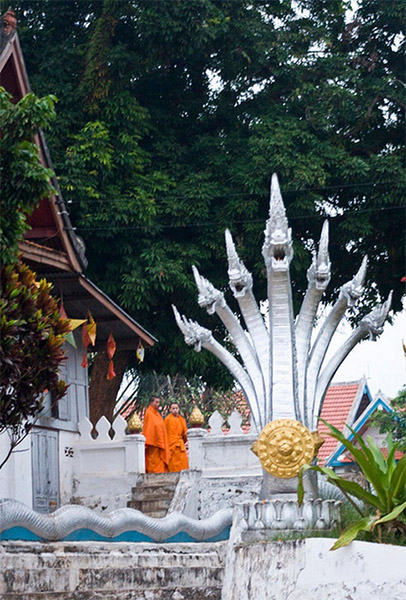Wat Maha That
Wat Mahathat translates as "great relic", and it is one of the oldest and most important Buddhist temples in Thailand.
Historians believe that Wat Mahathat was established in the 13 th century, and rebuilt in the first half of the 14 th century. Its structures are a main vihara, a single ubosot, 10 other viharas and 200 secondary chedi. The wealth of monuments indicates the significance of this wat as being the religious centre of the town of Sukhothai. The stucco frieze work on the monuments has been restored.
Wat Mahathat is built of laterite and surrounded by brick walls and a moat. The main chedi is in the characteristic Sukhothai shape of a lotus bud. It is believed to contain relics of Buddha. Two huge Buddhas reside at the entrance. Of the eight smaller surrounding chedi, the four brick ones at the cardinal points reflect Khmer style, and the four on the sides indicate Lan Na art. The niches of these smaller chedi contain 28 Buddha images and stucco reliefs which illustrate the life of Buddha. The artwork here reflects that of the Singhalese and Burmese.
At the base of the main chedi Buddhist disciples in adoration are depicted in stucco relief.
In front of this chedi are columns, the only remains of the main vihara which was believed to have contained a remarkable seated bronze Buddha image of the Sukhothai style, cast and installed by King Lithai of Sukhothai in 1362.
At the end of the 18th century, the image was removed to the Wat Suthat in Bangkok by the order of King Rama I and has since been named Phra Si Sakaya Muni.
Further on are the remains of another smaller vihara which was probably built during the Ayutthaya period. Its eight metre high Buddha image was installed inside a separate building. The whole area is filled with minor chedi, most of which were probably funerary monuments.
On the south stands a pedestal of a large built up chedi, the base of which is adorned with beautiful stucco figures of devils, elephants, lions and three headed elephants.








